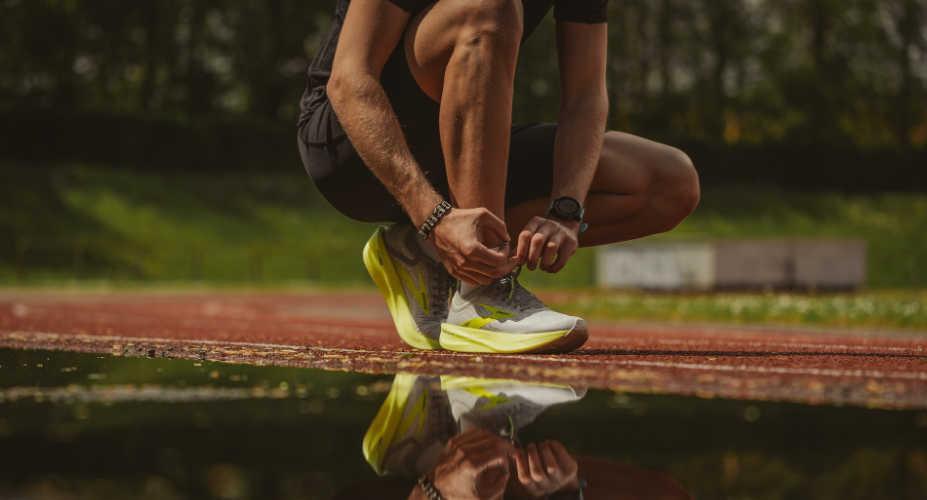
Written By: Paul Langer, DPM — Superfeet Wellness Panel Member. Paul Langer is a sports medicine podiatrist who treats athletes of all abilities at Twin Cities Orthopedics in Minneapolis, Minnesota. He is the author of Great Feet For Life and lectures internationally on the topics of lower extremity health and footwear.
Standing for long periods is known to contribute to significant discomfort and pain especially to the legs and low back. In fact, one study concluded that standing in one place for as little as one hour had negative health effects.*
The constant loading of the spine and lower limbs with minimal joint motion and muscle activation leads to altered stresses on weight bearing structures and fatigue of muscles. In addition, prolonged standing affects blood flow to the lower extremities which can also contribute to fatigue and discomfort.
Researchers consider those who spend more than 50% of their work in a weight bearing position as performing “prolonged standing” duties — more than half of all workers in the United States meet that criteria. Those who work in restaurants, retail, factories and hospitals can spend up to ten or twelve consecutive hours standing and walking in their duties.
Recently, standing desks have become popular as a method to offset the negative effects of prolonged seated work. However, prolonged standing can impair work performance and overall well-being and has recently become a focus in the research. Despite the interest, there is still much we do not know about minimizing negative health effects.
How to Reduce Discomfort from Standing All Day
Discomfort and Pain from Reduced Blood Flow
Lower leg fatigue, discomfort and swelling from prolonged standing can be due to gravity’s effects on blood flow.
The vascular system must work against gravity in order to return blood flow from the feet and legs back to the heart for recirculation. When standing, the muscles of the legs help to pump venous blood up our legs. If the muscles are not contracting and relaxing as they would be with walking or running, the blood circulates less efficiently causing decreased blood flow to muscles which can result in fatigue and discomfort.
The inefficient blood flow can also result in swelling which causes discomfort and can cause shoes to become tighter, further contributing to foot pain.
Methods of reducing discomfort due to blood flow issues include:
• Wearing compression stockings to reduce swelling and assist in venous return
• Doing exercises like calf raises to engage the natural muscle pumping mechanism
• Elevating the legs when taking seated breaks and/or at the end of the workday
Discomfort and Pain from Muscle Fatigue
Muscle fatigue is the other major consequence of standing and contributes to back, leg and foot pain. Hard floors and improper footwear can contribute to fatigue which progresses to discomfort and then pain with prolonged standing. “Anti-fatigue” mats have been used to offset the effects of hard floors with mixed results in the research, but overall seem to be favorable. Body mass Index, previous injuries and biomechanical factors may contribute to fatigue and pain as well.
A review of the literature in 2017 by Jennifer Anderson and colleagues** recommended a number of interventions to minimize the negative effects of prolonged standing:
• Changing work flow and work stations to include periods of walking and sitting in order to break up periods of standing
• Using mats, especially on hard floors
• Wearing compression stockings to assist in blood flow
Other recommendations require more research.
Footwear and Insoles for Standing All Day
We know that footwear affects comfort and muscle fatigue but not in predictable ways, which means the optimal footwear is different from person to person. Studies on running injuries have shown that fatigue and pain are decreased when runners choose the most comfortable shoe and or insole. This concept would very likely apply to prolonged standing as well.
Some studies show that the addition of insoles to a comfortable shoe can provide improved cushioning and pressure distribution. Insoles that support the arch distribute pressure better than flat insoles which can be important in minimizing not just foot but also low back and leg fatigue and pain.
Until we have better research on footwear for prolonged standing, I encourage my patients to spend time evaluating shoes, selecting the most comfortable ones that are suitable for their work environment and then if still having excessive discomfort or pain to consider adding an insole to their shoe.






